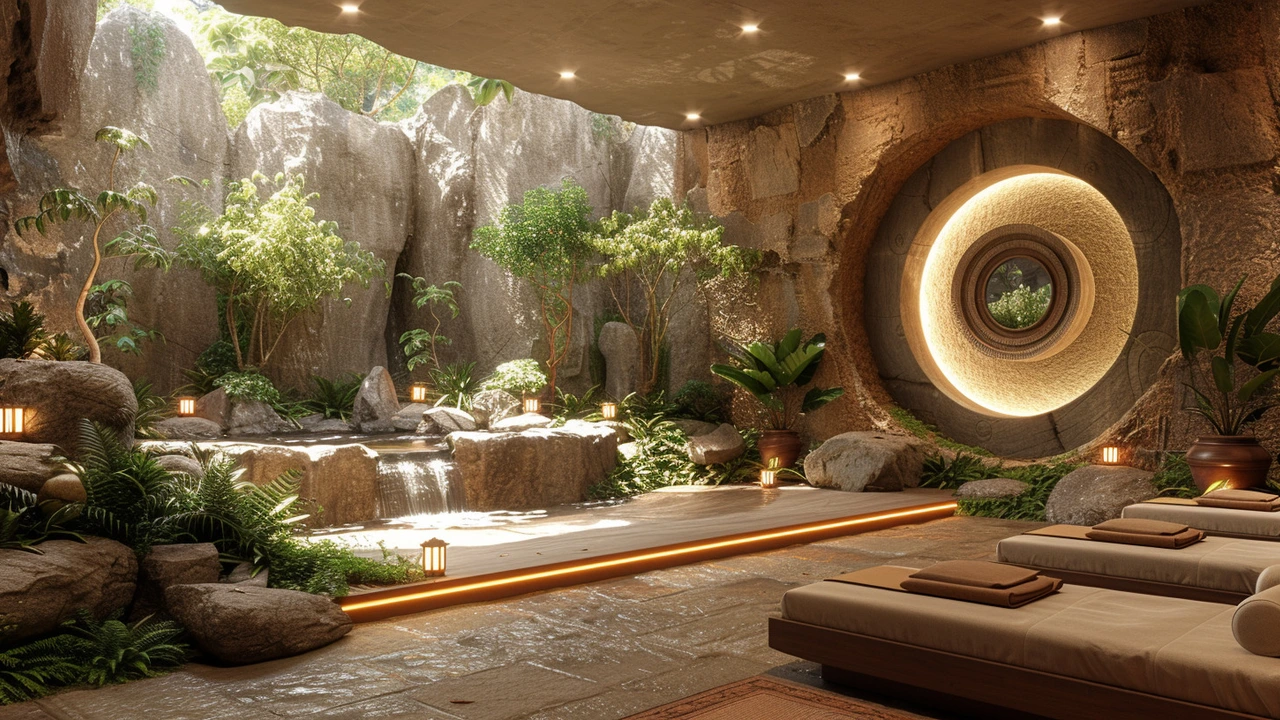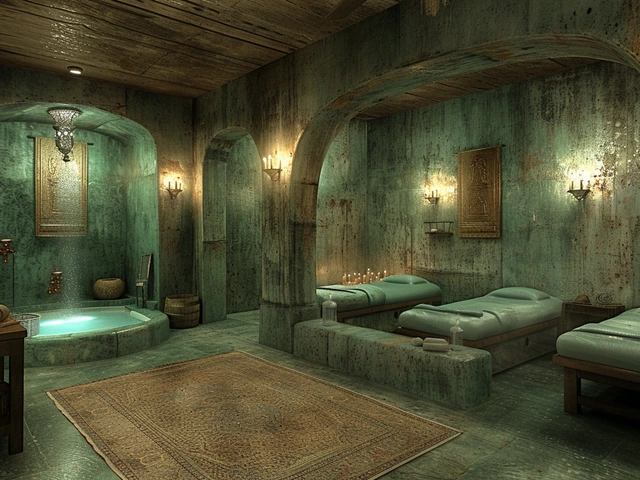Knife Massage Therapy: What It Is and What to Expect
Knife massage therapy (often called blade therapy or IASTM — instrument-assisted soft tissue mobilization) uses smooth, blunt metal tools to rub and glide over tight muscles and fascia. It looks dramatic, but the "knife" is not sharp. Therapists use it to find tight spots, lift tissue, and guide healing by increasing blood flow and reducing restrictions.
Thinking about trying it? Good idea to know what happens: a trained therapist applies oil or lotion, then uses a steel tool to stroke skin with controlled pressure. You may feel a strong release, some discomfort, and temporary redness or light bruising. Sessions usually last 20–40 minutes focused on problem areas like shoulders, calves, or achilles.
Claims, Real Benefits, and What to Expect
People report less tightness, better range of motion, and faster recovery after workouts. Clinically, IASTM aims to break up scar tissue and help the body remodel soft tissue. Expect immediate loosening and often delayed improvement over days as inflammation settles and tissue adapts. Results vary by how long the issue’s been there and how often you get treated.
Be realistic: it’s not magic. For chronic problems you’ll likely need multiple sessions plus stretching, strengthening, and posture work. For fresh muscle knots or post-exercise tightness, a single session can feel like a reset.
Safety, Side Effects, and Who Should Skip It
This therapy can bruise. If you’re on blood thinners, have clotting problems, active skin infections, open wounds, or certain vascular issues, skip it. Pregnant people should check with their care provider before booking. Always choose a licensed therapist who explains risks, shows the tool, and tests pressure on a small spot first.
Aftercare is simple: hydrate, move gently, and avoid heavy lifting for 24 hours. Ice can reduce swelling if a spot feels sore. If you get large or painful bruises, or numbness, contact the therapist or your doctor.
Curious about gentler options or complementary methods? Gua sha uses a similar scraping but usually lighter and rooted in traditional Chinese practice. Cupping increases circulation without scraping. Trigger point massage, warm stone therapy, and therapies like Ortho-Bionomy or Hellerwork focus more on movement and alignment instead of tools. Pick what matches your pain level and comfort.
Finally, ask clear questions before you book: What training do you have with blade tools? How many sessions will I likely need? What should I do after treatment? A confident, transparent therapist makes the experience safer and more effective.
If you want, start with a lighter treatment and work up. Knife massage can be powerful when used right, but it works best as part of a plan — not a one-off fix.

The Ultimate Guide to Knife Massage Therapy
In this in-depth guide, I'll be sharing some of my insights and knowledge about the intriguing world of knife massage therapy. You might feel a slight twinge of apprehension, but trust me, the benefits are staggering. Ancient practice's power lies in its ability to improve overall health, create pain relief, and release energy blockages in the body. So, sit back, relax and let's delve into this remarkable therapy technique.
Categories
- Health and Wellness (148)
- Alternative Therapies (86)
- Massage Therapy (40)
- Travel and Culture (15)
- Beauty and Skincare (9)
- Holistic Health (8)
- Health and Fitness (5)
- Spirituality (5)
- Other (2)
- Personal Development (2)



